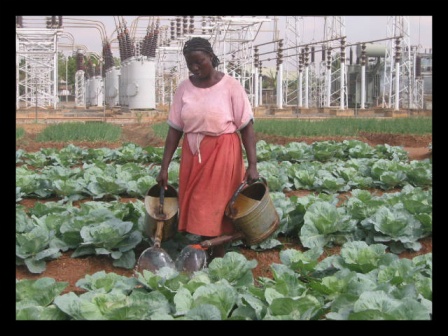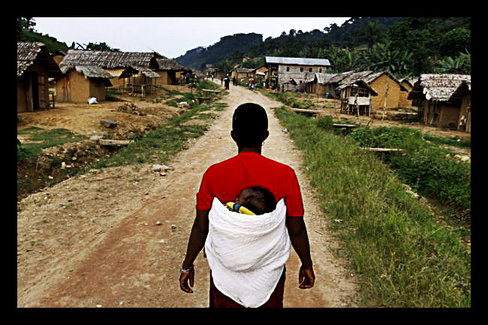
Happy Mother’s Day? Well, maybe not in the Democratic Republic of Congo (DRC), which was recently named the worst place to be a mom according to a report done by Save the Children. The DRC took the unwanted ranking from Niger and for the first time in the 14 years since the report has been published, sub-Saharan Africa took up the bottom ten places.
The London-based charity’s “State of the World’s Mothers” report compared 176 countries in terms of maternal health, child mortality, education and levels of women’s income and political status. The results were staggering and showed massive gaps in maternal health. A woman or girl in the DRC has a 1 in 3o chance of dying from maternal causes, including childbirth, whereas a women in Finland faces a 1 in 12,200 risk. The report cited the poor health of mothers as well as low access to health care as possible causes for the high rates of infant mortality in sub-Saharan Africa.
Save the Children is calling for an investment to close the gap. They cite the need for nations to invest in mothers and children and to provide better and more accessible maternal care. Women must have access to education and political standing as well as high quality health and child care.
Much progress is being made in developing countries and sub-Saharan Africa; the study pointed to four life-saving products that could drastically change the current state of affairs. Those four products are:
1. Corticosteroid injections to women in preterm labor.
2. Resuscitation devices to save babies who do not breathe at birth.
3. Chlorhexidine cord cleansing to prevent umbilical cord infections.
4. Injectable antibiotics to treat newborn sepsis and pneumonia.
Simple devices and measures like these have the potential to give mothers and infants in countries like the DRC a better chance at a full, healthy life. It is time to continue the progress being made and even the odds for mothers in the DRC and all across sub-Saharan Africa.
– Amanda Kloeppel
Source: Global Post
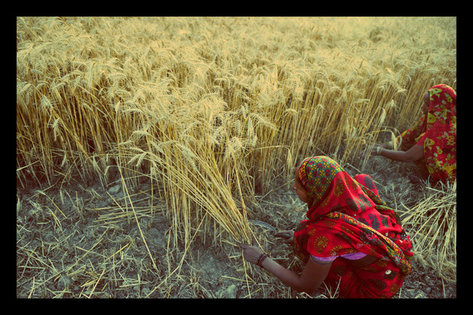
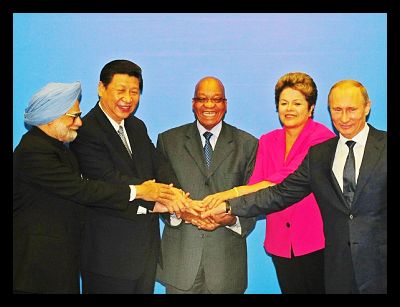
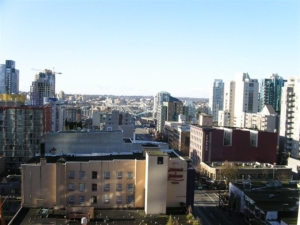
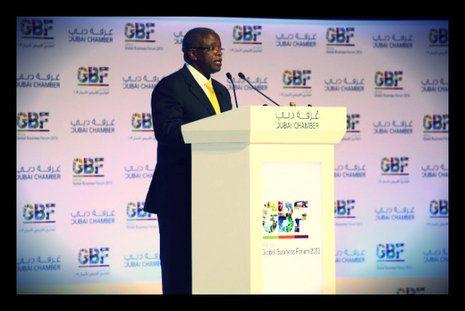


 With cuts to foreign aid looming and some already in place, humanitarian organizations are going to become even more important in the fight against global poverty. Evangelical organization World Vision launched a $500 million ‘Rescue Mission’ initiative to help 10 million children living in poverty. The ‘Rescue Mission’ initiative will focus on clean water, access to health care, and child protection.
With cuts to foreign aid looming and some already in place, humanitarian organizations are going to become even more important in the fight against global poverty. Evangelical organization World Vision launched a $500 million ‘Rescue Mission’ initiative to help 10 million children living in poverty. The ‘Rescue Mission’ initiative will focus on clean water, access to health care, and child protection.